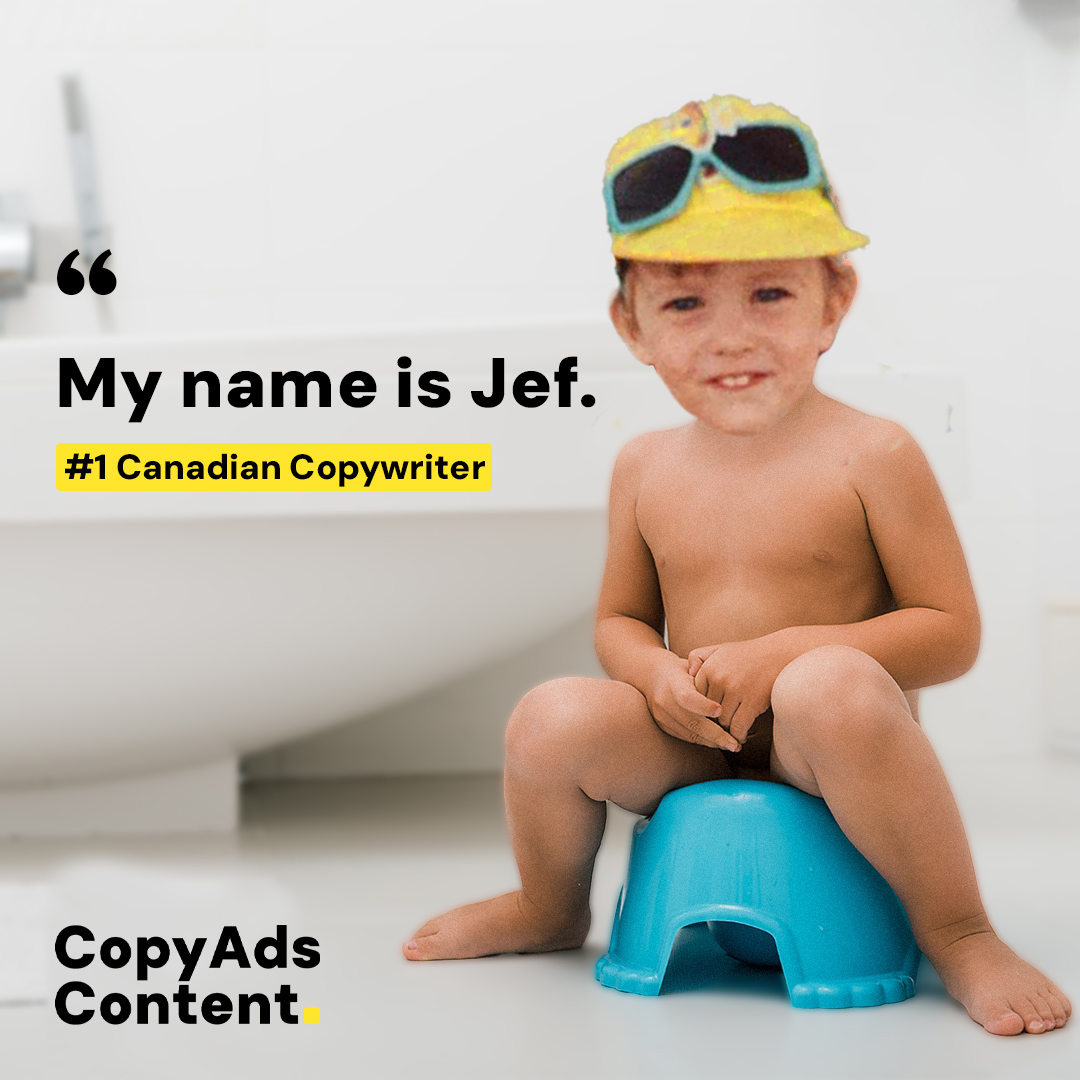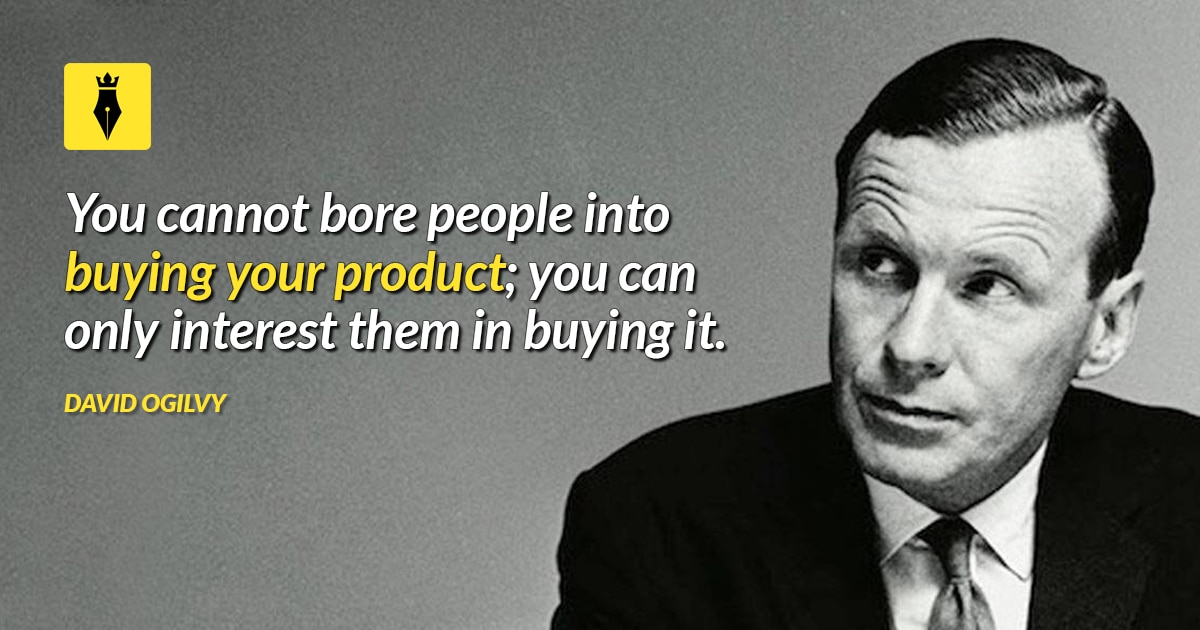Is your brand message connecting with your audience, building trust, and driving results? Or are you struggling to capture attention in a crowded market?
Your brand message is the core of how your business communicates its value and purpose. When it’s clear, engaging, and meaningful, it becomes a powerful tool to win your audience’s trust and inspire action.
Whether you’re creating your message from scratch or fine-tuning an existing strategy, these brand messaging tips will guide you in crafting a message that resonates and delivers real growth. Let’s dive in and take your brand to the next level.

What is brand messaging and why does it matter?
Brand messaging is how your business communicates its value, purpose, and personality to the world. It’s the combination of words, tone, and ideas that help your audience understand who you are and why they should choose you.
A strong brand message does more than inform—it builds trust, creates connections, and stays in your audience’s mind.
According to McKinsey, businesses that personalize their messaging to build meaningful connections with their audience can see revenue growth up to 25% faster than their competitors.

For brand messaging that leads to real revenue growth, you need to focus on simplicity and alignment with your audience’s values and expectations. And that’s what we’ll cover in the tips ahead.
BRAND MESSAGING TIP #1:
Know Your Audience Inside Out
Think of you brand message as the foundation of a bridge that connects your business to your ideal customer.
For new businesses, building that bridge requires research and creativity to uncover accurate insights. For established companies, it’s about assessing whether your bridge still stands strong or if it needs reinforcing to align with changing consumer behavior.
Whether you’re starting fresh or refining an existing strategy, understanding your audience has a measurable impact on your success:
- Enhanced Marketing Effectiveness: Businesses that thoroughly understand their target audience can create more effective marketing strategies, leading to improved customer engagement and higher conversion rates. (Reference.com)
- Improved Return on Investment (ROI): By focusing marketing efforts on a well-defined target audience, companies can allocate resources more efficiently, resulting in a better ROI. (Harvard Business School Online)
This is why knowing your audience isn’t just a starting point—it’s an ongoing effort. As your business grows or as consumer behavior shifts, your understanding of your audience needs to evolve.
Here are practical ways to get started:
1. Borrow Insights if You’re Just Starting Out
When you don’t have customer data yet, look at what’s already available in your industry:
- Engage in forums or groups where your audience might be active, like Reddit or Facebook communities.
- Study competitors’ reviews and social media channels to identify recurring themes.
- Use tools like Google Trends or Answer the Public to understand what potential customers are searching for.
2. Analyze Existing Data to Spot Patterns
If you already have a customer base, dig deeper into the data you’ve collected:
- Website Analytics: What pages or products are most popular?
- CRM Data: Which types of customers are driving the most revenue?
- Surveys: Ask direct questions about what they value and expect.
These insights can help you refine your messaging for better alignment with your audience’s preferences.
3. Interact Directly with Your Audience
Sometimes, the best insights come from conversations:
- Use social media polls or open-ended questions to gather opinions.
- Host small focus groups or informal chats with customers to hear their thoughts.
- Respond to comments and reviews to understand their perspective.
4. Reevaluate Regularly to Stay Relevant
Your audience’s needs and behaviors can shift over time. Make it a habit to review your audience insights every 12–18 months or when you’re planning a major initiative, like a new product launch or market expansion.
Taking a moment to identify your audience lays the foundation for everything that follows. It ensures the following steps resonate with the right people at the right time.
With that, you can shape your Unique Value Proposition (UVP) to show your audience why you’re the clear choice.
BRAND MESSAGING TIP #2:
Define Your Unique Value Proposition (UVP)
Your Unique Value Proposition (UVP) is the backbone of your brand message. It answers a simple but critical question:
What makes you the clear and only choice for your audience?
A well-defined UVP showcases what makes you unique and the value you deliver to your customers.
The Power of a Strong UVP
In a crowded market, customers are bombarded with options. A clear and compelling UVP gives them a reason to stop and choose you. Here’s the proof:
- Customer Engagement Significance: A study by Salesforce found that 80% of customers believe experiences provided by a company are as meaningful as their products and services. This underscores the importance of clear and compelling brand communication. (Forbes)
- Impact of Brand Awareness: Brand awareness marketing aims to make your brand the name people think of first and trust above all others. Establishing a strong UVP contributes significantly to achieving this top-of-mind position. (CXL)
- Brand Trust and Loyalty: Enhancing brand trust and loyalty is crucial for building a positive brand image. A study highlights that brand trust and loyalty are significant predictors of brand image, which can be influenced by clear and consistent brand messaging. (Springer)
A strong UVP doesn’t just set you apart—it creates a sense of urgency and relevance for your audience, helping them see how your product or service solves their problems in a way no one else can.

How Can You Make a Great UVP?
To stand out, your UVP needs to do more than just describe your product or service. It must resonate with your audience by answering their most pressing question: “What’s in it for me?”
Here are three essential qualities of a strong UVP:
- Specificity: Clearly communicate the exact value you deliver. Avoid vague statements—your audience wants details, not generalities.
- Relevance: Align your UVP with what your audience truly values. The closer it connects to their goals or pain points, the more effective it will be.
- Differentiation: Show what makes your business unique. Highlight how you’re better, faster, or more innovative than your competitors.
Here’s how I help my clients craft compelling UVPs.
Steps to Crafting Your UVP
1. Pinpoint Your Audience’s Biggest Problem
Every UVP starts with understanding your audience’s primary challenge or goal. What are they struggling with, and how can you help them?
Example: Slack’s UVP, “Be less busy,” speaks directly to professionals overwhelmed by inefficient communication tools.
2. Highlight Tangible Benefits
Specific outcomes or measurable results make your UVP more impactful. For example, say, “Reclaim 10+ hours a week with our streamlined tools,” instead of a generic promise like “We save you time.”
Pro Tip: Support your UVP with specific evidence, like case studies, testimonials, or metrics, to make it more credible.
3. Differentiate Yourself from Competitors
Identify what sets you apart in your industry and communicate it clearly. This could be your pricing model, advanced technology, or customer service approach.
Example: Canva’s UVP, “Empowering the world to design,” emphasizes simplicity and accessibility, making it a standout in a competitive industry.
4. Refine Through Feedback
Your UVP isn’t a “set it and forget it” component. Share it with trusted customers, colleagues, or a small focus group. Use their feedback to refine and ensure it resonates.
A clear and compelling UVP, when done right, doesn’t just improve messaging—it sets the stage for stronger customer engagement and higher conversion rates.
Now, before we move on to the next tip, your UVP isn’t just the foundation of your overall brand messaging—it’s a tool you can apply to individual touchpoints like demographic-specific landing pages.
Up next, we’ll ensure your message is simple, clear, and effective across every platform.
BRAND MESSAGING TIP #3:
Simplify Your Message for Clarity
Your audience doesn’t have time to decipher a complex message. If they can’t understand who you are and what you offer within seconds, they’ll move on.
Simplicity is the key to making your brand message stick. And brands that try to say too much often dilute their core message, leading to confusion.
Here’s why this is critical:
- Consumer Attention Span: A study by Microsoft found that the average human attention span has decreased from 12 seconds in 2000 to 8 seconds in 2013, which is shorter than that of a goldfish. (Microsoft)
- Better Conversion Rates: Simplifying website design can lead to significant improvements in conversion rates. For instance, The Weather Channel increased their conversion rate by 225% by simplifying their homepage to focus on a single action. (Picreel)
How to Simplify Your Brand Message
We’ve seen how simplicity can increase engagement and conversions, but what does this look like in practice? Crafting a simple, impactful message requires careful thought and a willingness to cut through the clutter.
Here are a few steps to help you refine your brand message and make it as clear and effective as possible:
1. Answer the Basics First
Your message should immediately answer the most important questions:
- Who you are?
- What do you offer?
- Why it matters to your audience?
Example: Slack’s homepage says, “Make work simpler, more pleasant, and more productive,” addressing all three in one concise sentence.
2. Cut Out Jargon and Unnecessary Words
Complex language or overused industry buzzwords can confuse your audience. Instead, focus on plain, direct language that anyone can understand.
| Complex Word or Overused Buzzword | Simpler Alternative |
|---|---|
| Facilitate | Help |
| Optimize | Improve |
| Leverage | Take Advantage Of |
| Paradigm Shift | Major Change |
| Low-Hanging Fruit | Quick Win |
| Utilize | Use |
| Best-in-class | Top Quality |
| Cutting-edge | Advanced |
| Streamline | Simplify |
| Synergy | Teamwork |
Quick Disclaimer: I’ve noticed a growing trend where brands publish AI-generated content without reviewing the words that are meant to represent their business. This is bad etiquette.
Always read your message aloud and ask, “Does this sound natural?” If not, revise it—or hire a professional copywriter (like me) to ensure your message aligns with your brand’s tone and purpose.
3. Stick to One Idea
When crafting your brand message, clarity often comes from focus. Instead of trying to say everything at once, zero in on one powerful idea that ties all your messaging together.
Think of this as your brand’s “North Star.”
Growing up camping as a Scout in Canada, I learned how to navigate the wilderness by using the North Star. It was constant, reliable, and always led me in the right direction.
Your brand message should do the same for your audience—it should guide them, give them clarity, and help them understand your purpose at a glance.
How to Find Your North Star:
- Ask Yourself: What’s the single most important takeaway for your audience?
- Keep It Simple: Your North Star should be easy to communicate in a sentence or two.
- Stay Consistent: Every piece of your messaging—from your homepage to your social posts—should point back to this central idea.
Example: Apple’s tagline “Think Different” serves as their North Star, tying their innovation-focused messaging across all platforms.
BRAND MESSAGING TIP #4:
Build an Emotional Connection
Facts and figures might inform your audience, but emotions are what truly move them. When your brand message resonates on an emotional level, it creates a lasting impression, builds loyalty, and inspires action.
- Emotions Drive Decisions: Research from Harvard Business School reveals that 95% of purchasing decisions are influenced by subconscious factors, heavily guided by emotions. (Harvard Business School)
- Stronger Brand Loyalty: Customers who feel an emotional connection to a brand have a 306% higher lifetime value, emphasizing the importance of emotional resonance in building lasting relationships. (BloggingLift)
It’s time to prioritize emotions in every piece of your communication. These numbers paint a clear picture: emotions aren’t just a nice-to-have in your messaging—they’re essential.
When you connect emotionally with your audience, you create bonds that lead to stronger engagement, higher retention, and ultimately, greater success for your brand.
But building emotional connection doesn’t happen by accident. It requires intentionality, creativity, and a clear understanding of your audience.
How to Build Emotional Connection in Your Brand Messaging
1. Tell Stories That Resonate
Stories evoke emotions and help your audience see themselves in your brand. A well-crafted narrative can highlight a shared challenge, aspiration, or value.
Example: Nike’s “Just Do It” campaign inspires ambition, positioning their brand as a partner in personal achievement.
2. Align with Shared Values
Tap into values and causes that matter to your audience. Whether it’s sustainability, innovation, or inclusivity, showing your commitment to shared ideals builds trust and loyalty.
Pro Tip: Ensure your actions back up your message. Audiences see through superficial claims.
3. Use Emotional Language and Imagery
Words and visuals play a critical role in evoking emotion. Use language that inspires hope, humor, or empathy, and pair it with visuals that reflect those feelings.
Example: Airbnb’s “Belong Anywhere” campaign uses warmth and inclusivity to emotionally connect with travelers seeking unique experiences.
4. Build Personal Connections
Personalized messaging—whether through emails, social media, or customer service—creates a sense of being valued and understood.
Example: Spotify Wrapped customizes its messaging based on users’ listening habits, fostering a personal and emotional bond.
Emotional connection amplifies the impact of your brand message, making it memorable and meaningful.
BRAND MESSAGING TIP #4:
Keep Your Message Consistent, Relevant, and Evolving
What happens when your message no longer resonates? You lose trust, audience interest, and opportunities for growth.
Your brand message isn’t static—it’s a living dialogue with your audience. To keep that connection strong, your message must grow, adapt, and evolve while remaining consistent and true to your brand’s core.
Here’s a few ways you can do that:
1. Ensure Consistency Across All Platforms
Your audience wants to experience the same voice, tone, and core message no matter where they encounter your brand—whether it’s on your website, social media, or in an email.
Use a brand style guide to document your tone, messaging pillars, and visual identity. This ensures that every team member or collaborator stays aligned.
2. Test and Refine Your Message
Testing and refining your brand message is crucial to ensure it resonates with your target audience. Here are some actionable steps and tools to consider:
Gather Audience Insights
- Surveys and Polls: Utilize platforms like SurveyMonkey or Google Forms to collect feedback directly from your audience. This helps in understanding their perceptions and preferences regarding your messaging.
- Analytics Tools: Employ tools such as Google Analytics to monitor user behavior on your website, identifying which messages lead to higher engagement or conversions.
A/B Testing
- Headline Testing: Experiment with different headlines to determine which version garners better engagement. This can be done using A/B testing tools like Optimizely or VWO.
- Call-to-Action (CTA) Variations: Test different CTAs to see which prompts more user interaction. For instance, varying the wording or placement of a CTA button can significantly impact user response.
Utilize Specialized Messaging Testing Platforms
- Wynter: A B2B messaging testing platform that provides insights into how your messages resonate with your target audience. It allows you to test and refine your messaging based on real user feedback.
- Blitzllama: An AI-powered tool that assists in message testing by analyzing user responses to different messaging variations, helping you identify the most effective communication strategies.
Competitive Analysis
- Review Competitor Messaging: Analyze your competitors’ messaging strategies to identify gaps and opportunities. Understanding what works for them can provide insights into refining your own messages.
- Social Listening Tools: Use tools like Hootsuite or BuzzSumo to monitor competitor activity and audience reactions on social media platforms. This can inform adjustments to your messaging to better meet audience expectations.
Implement Feedback Loops
- Focus Groups: Conduct sessions with representative audience members to gather qualitative feedback on your messaging. This provides deeper insights into their perceptions and emotional responses.
- Customer Interviews: Engage directly with customers to understand their needs and how well your messaging addresses them. This can uncover areas for improvement and innovation.
By employing these strategies and tools, you can systematically test and refine your brand messaging, ensuring it remains effective and aligned with your audience’s evolving preferences.
3. Adapt Your Message to Change
As your business grows or markets shift, your audience’s needs and values evolve. Revisiting your messaging during major milestones helps you stay relevant, but how do you know when it’s time for a change?
A brand message can lose its effectiveness if it no longer resonates with your audience or aligns with market trends. Here are a few signs that indicate it’s time for a refresh:
- Declining Engagement Metrics: A drop in website traffic, email open rates, or social media interactions might signal that your messaging isn’t connecting with your audience.
- Audience Feedback: Customer complaints, confusion, or requests for clarity about your offerings can highlight gaps in your message.
- Competitor Messaging: If competitors are adapting to evolving customer needs while your message remains static, you risk falling behind.
- Market Shifts: Changes in cultural attitudes, industry trends, or economic conditions can make your message feel outdated.
The Right Message at the Right Time
Your brand message must meet your audience where they are—emotionally and contextually. This is the essence of message-market fit: ensuring your message aligns with the needs, values, and expectations of your current market.
This becomes especially critical when:
- Launching a New Product or Service: Your message should highlight how your offering meets a fresh need or solves a unique problem.
- Entering a New Market: Adapt your messaging to reflect the cultural and practical nuances of a new audience.
- Responding to Cultural or Industry Shifts: Proactively address changes in customer values or broader societal movements to maintain relevance.
While adapting, ensure your core values remain consistent. Evolution doesn’t mean losing the essence of what makes your brand memorable—it’s about staying indispensable by aligning with your audience in the right way, at the right time.
Relevant Article: Effective Messaging = Right Place + Right Time
It’s Time to Strengthen Your Brand Message
Your audience is the compass for your brand messaging. It also has has the power to make or break your business.
By identifying who your customers are—their demographics, preferences, and behaviors—you can tailor your messaging to meet their specific needs and desires.
If your message isn’t connecting, it’s time to take action. My brand messaging services are designed to help businesses like yours create messaging that stands out, builds trust, and drives results today.





